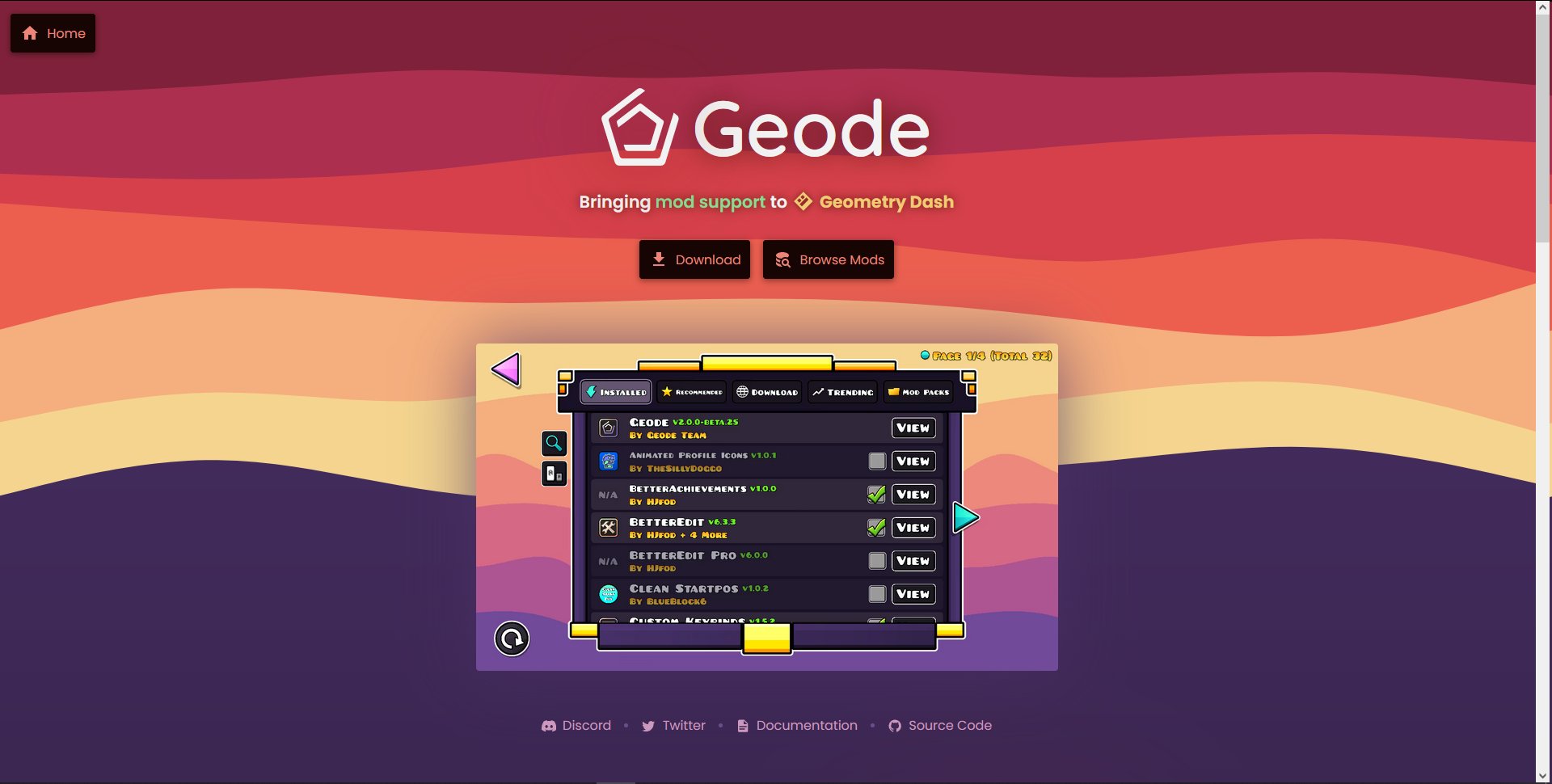Once you have a good idea, title, and thumbnail, it's time to begin work on the actual video. This lesson will cover how to record your video with a story in mind.
A story can be as simple as you just doing something for fun, or as complicated as having character dynamics, stakes, motivation, and more plot elements.
Obviously, videos with more plot elements will naturally be more interesting, but only to a point. Don't make your story too complicated.
We recommend having at least a general idea for your story before recording your video. If your video is a scripted commentary, you can write more of a story before recording. If it's a live play, however, it can be harder to go in with a super in-depth story in mind.
Three Act Structure
A good story—and YouTube video—usually follows this three act structure.
- The Protagonist sets out on a journey
- The Protagonist has to overcome the antagonist's challenges on his journey
- The Protagonist has to use what he's learned to overcome a final challenge, which is usuaully the antagonist
Here, the protagonist is just referring to the main characters in your video. This is usually just yourself, but can include others if you have friends in your video with you.
Conversely, the antagonist refers to the opposing force to the main characters in your video. This could be a person, but also could be as simple as a timer or rules to a challenge.
Translating this to YouTube terms, we get the following structure.
| Structure | Description |
|---|---|
| Intro | For YouTube, this should be a short and quick introduction to the video, being no longer than 30 seconds. In fact, it should be even shorter, even around 10-15 seconds. Introduce what you'll do quickly, and start doing it! Setup the video topic. |
| Body | This is the main substance of your video. It will include most of what you do in your video. This is what most people think of when they first imagine editing a YouTube video. This should be the longest part of your video, by far. |
| Conclusion | This is the finale to the video. This could be a huge final challenge that the protagonist has to overcome, or as simple as you finishing the last part of your level. This should conclude what you set out to do in the intro, being the payoff. |
We will discuss the terms setup and payoff later in this lesson.
In general, your intro should be no longer than 30 seconds. Your body can be as long as you need it to be. 5 minutes, 10 minutes, 20 minutes—just make sure it's always interesting and doesn't get boring. Your conclusion is best kept shorter rather than longer unless it is very interesting.
We recommend making your first few videos on your channel shorter, as new viewers often have less of an attention span. Anything between 8-12 minutes should be more than long enough.
Most new YouTubers confuse conclusion with outro, but they are not the same. An outro is usually just you saying goodbye to your viewers, and shouldn't be longer than a couple seconds. For this reason, we will ignore it.
A video's conclusion is supposed to finish what you set out to do in the video. If you made a level in your video, your conclusion could simply be you playing the level. While easy, it is still a final challenge that uses what you learned when making the level.
Setups and Payoffs
One of the best elements a story can have is a setup and payoff.
In a story, a setup is when the story introduces something.
Then, a payoff is when the story uses what it introduced, usually way later in the story.
Stories usually have two types of these: an overarching setup and payoff and regular setups and payoffs.
An overarching setup and payoff is typically the video's intro and conclusion. The intro will setup a goal, and the conclusion will payoff by completing the goal.
However, it is important not to understate just how effective regular setups and payoffs in storytelling can be.
Having these sprinkled throughout your story is an easy way to drastically improve it.
For example: you can have a scene early in the video where you learn an interesting Geometry Dash bug. And later in the video, you can use this bug to complete something.
These inner setups and payoffs can be hard to predict before recording if you're a live play channel. Instead, we recommend keeping an eye out for potential setups and payoffs while you record your video. If you notice any, it's usually a good idea to include them in editing!
Once you finish recording, before you even touch a video editing software, make sure you have a good idea for your video's story. It will make editing much easier and faster!















